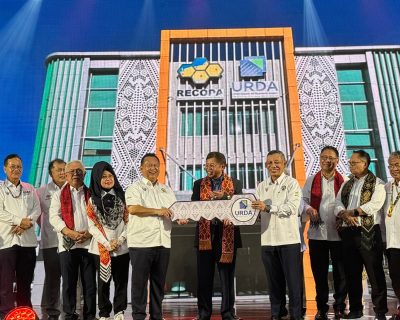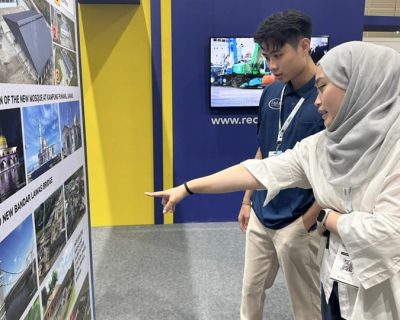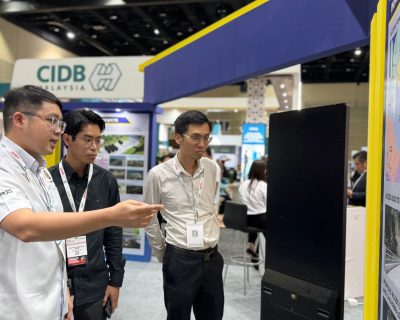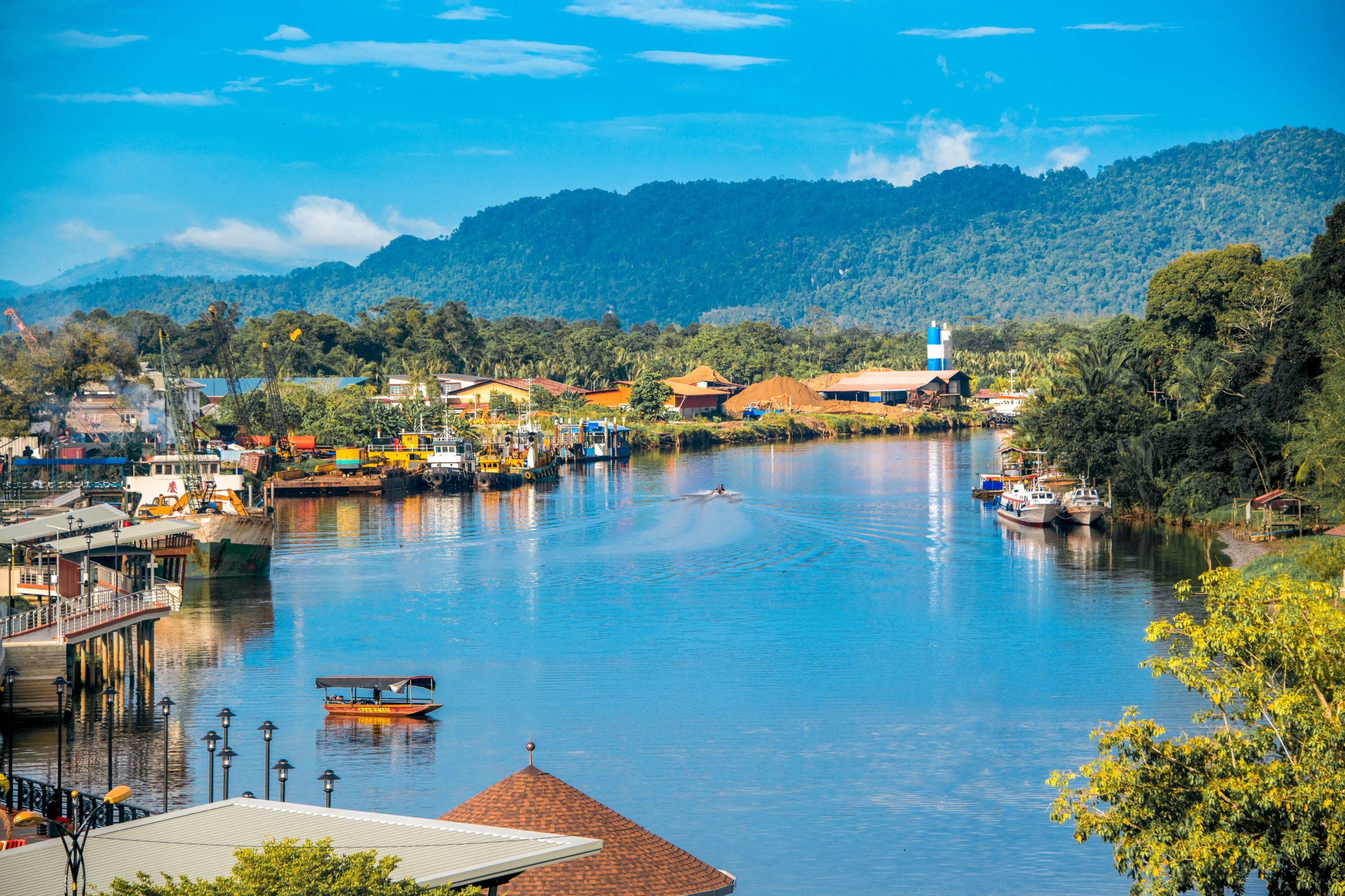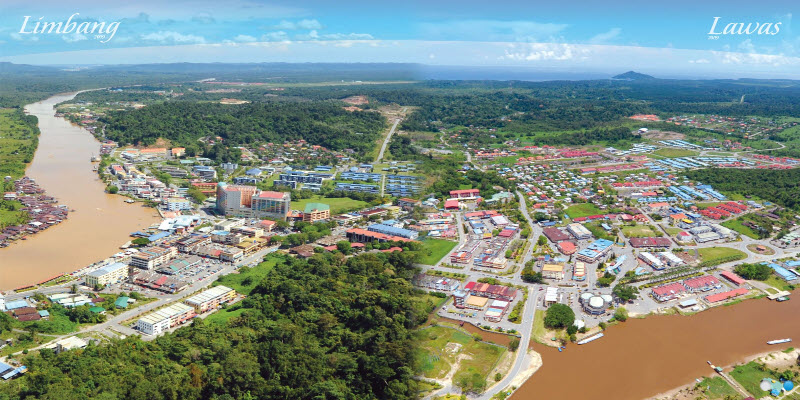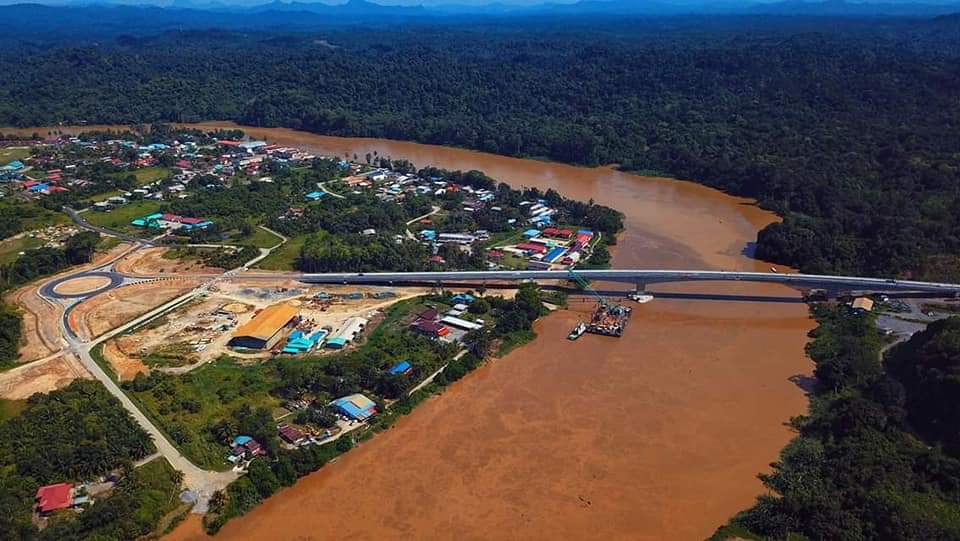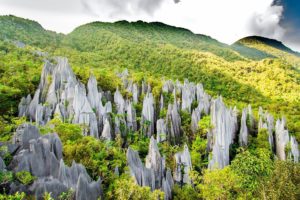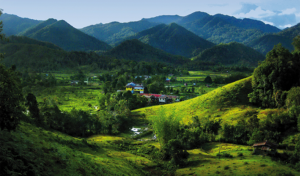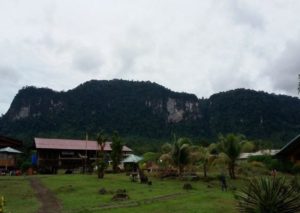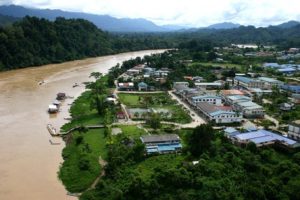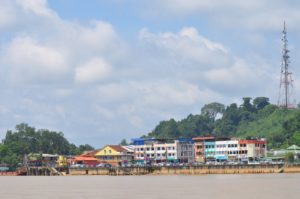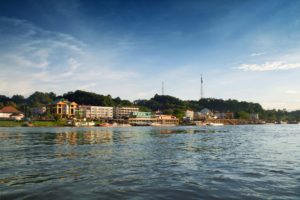Petrochemical Hub will boost economy

KUCHING: The setting of the Sarawak Petrochemical Hub in Bintulu recently will be a boon to the state’s economy, said Sarawak Economic Development Corporation (SEDC) chairman Tan Sri Dr Abdul Aziz Husain.
He said the project, announced by Chief Minister Datuk Patinggi Abang Johari Tun Openg last week, would be a game changer in terms of moving Sarawak into an export-oriented economy.
The project is expected to create about 74,000 jobs besides contributing RM16 billion to RM20 billion in gross domestic product (GDP).
In an interview with New Sarawak Tribune, Abdul Aziz explained how the new petrochemical hub would add value to the state’s resources as well as develop the human capital in Sarawak.

Below is a text of the interview:
How will the new Sarawak Petrochemical Hub impact the state’s industry players?
Abdul Aziz: Sarawak Petrochemical Hub has created interest for key players in the petrochemical industries. The hub itself is expected to attract investors through foreign direct investments (FDIs); they will provide foreign funding, expertise and technologies to diversify the industry and economy into downstream activities and products.
FDIs can also create value adding activities; they will integrate the development and promote high value products as well as exports of value-added products. These investments will also create high paying jobs and contribute to high income economy.
What about the demand for petrochemical products?
Demands for petrochemicals are surging and will continue to grow.
Potentially, Sarawak will become an exporter of major or high value downstream petrochemical products generated through the investment activities in the hub.
Petrochemical products are everywhere and are integral to
modern societies. They include plastics, fertilisers, packaging, clothing, digital devices, medical equipment, detergents, all modes of transportations and vehicles, kitchen utensils and many others.
They are also found in many parts of the modern energy systems, including solar panels, wind turbine blades, batteries, thermal insulation for buildings and electric vehicle parts.
How will the surge in demands contribute to the state’s economy?
According to a International Energy Agency (IEA) report, titled ‘The Future of Petrochemicals Towards More Sustainable Plastics and Fertilisers’, petrochemicals will account for more than one third of the global oil demand growth by 2030 and around half by 2050.
Therefore, the link between a growing global economy as well as advanced technologies will be related to increasing demand for petrochemical products.
The development of Centralised Utility Facilities in the hub will also generate revenue from services provided to the industry players in terms of road maintenance, internal transport system, waste management, security services, centralised power distribution, water supplies, Air Separation Units (ASU), steam, gas feeds and other feedstocks.
In addition, the development of public transportation and
infrastructure will improve the quality of life.
What about Sarawak’s human capital following the move?
The state’s human capital will also be developed to become globally competitive by accelerating the transfer of knowledge and technological expertise. This is by increasing the participation of Sarawakians in the development of the state’s gas resources through an increase in domestic value-added activities.
Other than that, it will attract local talents from overseas to return to Sarawak and contribute to the development of the state. This, too, will create business opportunities for small and medium
enterprises (SMEs).
With the project expected to create 74,000 new jobs, what jobs will be made available to the local people?
The expected new jobs of approximately 74,000 are based on a feasibility study undertaken by the state government through its relevant agencies. This estimate includes direct and indirect jobs expected to be created.
The direct investment is estimated to create 25,000 jobs and the rest are indirect jobs or supply chain jobs or related and supporting industries like spill over clusters such as transport or the logistics industry, food and beverages, medical services, process control, construction, engineering industry, education and training, utilities industry, packaging, advertising, general supporting among others.
How will the project help Sarawak become a developed state by 2030?
In order for Sarawak to achieve a high income and advanced status by 2030, Sarawak needs to grow at a rate of 8 percent annually to double the size of its economy from RM133 billion to RM282 billion.
We will be less reliant on the export of LNG (liquefied natural gas) and other commodities. Sarawak Petrochemical Hub will, therefore, help our state to move up the value chain to produce high value-added petrochemical or finished goods for export.
What will be SEDC’s role in the setting up of the hub?
Our involvement in Sarawak Petrochemical Hub project is to undertake the infrastructure development of the hub and also to participate in some of the projects such as float glass manufacturing plant.
Source : New Sarawak Tribune


